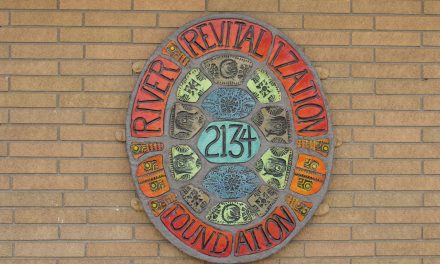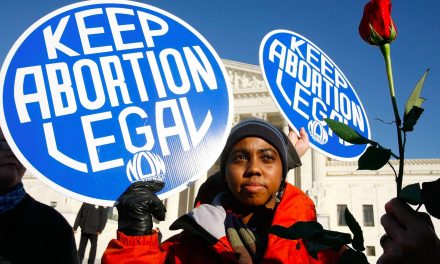
On the heels of a tax cut that will mainly benefit the wealthy and corporations, President Trump’s 2019 budget reflects his stark vision for the country — where the wealthy and powerful gain more wealth and power, while many in Wisconsin face more and more obstacles just to get by.
In December, Trump and Congress passed an enormous tax cut primarily benefitting the wealthy and well-connected, causing deficits to balloon. Now he wants to finance the cost for those tax cuts by making everyone else pay the price. President Trump has released a budget that includes over $1.4 trillion in cuts to health care and safety net programs for low-income children and families, people with disabilities, and senior citizens—dollar for dollar, almost the same amount as the $1.5 trillion in slanted tax cuts passed at the end of 2017. Trump’s message is clear: Millionaires gain, while vulnerable, low-income people foot the bill.
His budget lays out an agenda that will increase poverty and inequality and will underfund infrastructure, core public services, and investments.
- It calls for repealing the Affordable Care Act (ACA) and drastically cutting Medicaid, thereby taking health insurance away from millions of Americans and gutting critical consumer protections.
- It calls for huge cuts in nutrition, housing, and other basic assistance for millions of Americans below or close to the poverty line, most of whom work for low wages, are elderly or disabled, or care for young children. More homelessness and hunger would inevitably be a result.
- It touts a new infrastructure package but, in reality, offers a bait-and-switch, cutting key infrastructure programs and shifting the burden of funding to states, cities, and private citizens.
- It deeply cuts funding for education, scientific research, job training, and other core government functions, and these cuts grow deeper each year.
The budget is heavy on rhetoric that urges the poor to work harder, but includes policies that would make it harder for people to work or succeed in today’s economy. We can all agree that helping people who are able to work get good-paying jobs and succeed is good for families and the economy. But that requires investing in high-quality job training and apprenticeships, increasing access to safe, affordable, dependable child care and care for family members with disabilities, helping people afford transportation costs, and policies that create jobs and raise wages. President Trump’s budget fails to make these investments.
Instead, the budget calls for taking away health coverage and rental assistance, while creating new obstacles for people struggling to get by—none of which help people work. Indeed, working families themselves would be targets of these cuts, facing rent hikes in housing programs, loss of nutrition assistance in SNAP, and loss of health coverage through Medicaid.
This budget represents a cruel and dangerous vision that should not be ignored even if Congress is unlikely to pass some of its specific proposals this year. The measures that are not approved this year will likely be proposed again next year and will have a better chance of passing after the November elections if Republicans retain control of both chambers of Congress.
This budget will increase inequality and poverty, and make it harder for working families to make ends meet—all in order to pay for tax cuts that primarily benefit corporations and the very wealthy. Low-income families and individuals shouldn’t have to pay the price for tax cuts that go to those who rig the system, but that is just what they would be doing under President Trump’s vision.
Tamarine Cornelius
Originally published on wisconsinbudgetproject.org
Help support the Wisconsin Budget Project with a donation. The organization is engaged in analysis and education on state budget and tax issues, particularly those relating to low-income families. It seeks to broaden the debate on budget and tax policy through public education and by encouraging civic engagement on these issues.















